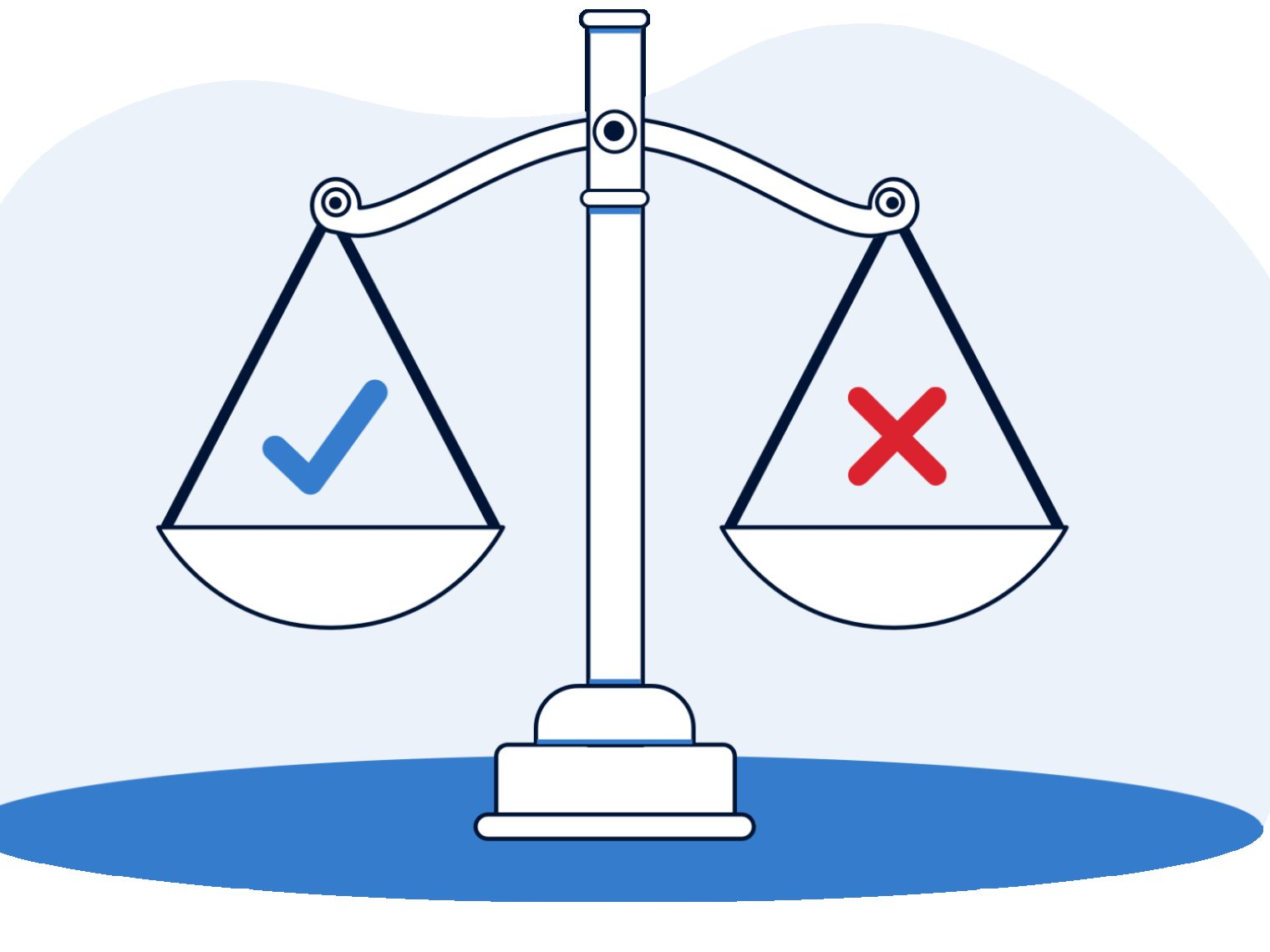The VA’s loan limits have long been a source of confusion and consternation.
VA loan limits have never been a cap on how much you can borrow, something that most buyers are often confused by. These county-level limits were always about how much you can borrow before needing to factor in a down payment for what’s otherwise a zero-down loan program.
The good news is that these limits no longer matter for qualified VA buyers. The legislation took effect at the start of 2020, eliminating the loan limits for most Veterans. You can now borrow as much as a lender is willing to give you, all without a down payment.
That’s a huge benefit for both first-time and repeat buyers.
Let’s take a closer look.
VA Loan Limits Pre-2020
Prior to 2020, the loan limits came into play for every VA buyer purchasing above a certain price point. In most parts of the country, that price point was known as the conforming loan limit. There’s a standard VA loan limit for most counties in the country, but the limits can be higher in costlier real estate markets.
The loan limits did not represent a cutoff for how much home you could buy. Instead, they helped dictate how much money you needed to put down. Generally, buying above the loan limit left Veterans on the hook for 25 percent of the difference between the purchase price and the limit.
For example, if you were buying a $600,000 house in a county with a $500,000 limit, then you needed a $25,000 down payment. That’s still a great deal on a loan of that size – it’s all but impossible to get a conventional loan of that size for just 4 percent down. But the down payment requirement still put homeownership out of reach for some Veterans, or meant they couldn’t quite buy the house they wanted.
They always needed the income and employment stability to show they could repay the loan. But not all had the cash on hand to cover the down payment.
A bill that took effect at the start of 2020 changed the picture pretty drastically.
VA Loan Limits Today
Today, because of that legislation, the loan limits no longer apply for most VA buyers. As long as you have your full VA loan entitlement, you can borrow as much as you can afford and purchase without a down payment. For most Veterans, it’s like the loan limits no longer exist.
If you can get a lender to give you a $1 million loan, then you can get it without putting down a dollar.
This is a huge change that helps Veterans better compete in expensive housing markets. With other loan products, you might need to put down 10 or 20 percent or more for a loan at or above the conforming loan limits with other loan products. This change helps Veterans buy the home they want without having to worry about depleting their cash reserves.
But it’s important to understand the loan limits didn’t just disappear. They’re still an important consideration for Veterans without their full VA loan entitlement.
VA Loan Limits and Diminished Entitlement
In most cases, Veterans no longer have their full entitlement if they’ve either defaulted on a previous VA loan or if they plan to hold onto their current VA-backed mortgage and use the benefit to purchase again.
When that happens, the process reverts to how it’s long worked before that new legislation. Lenders will use your Certificate of Eligibility and the county loan limit to assess your remaining entitlement and to calculate how much you can borrow before needing to put money down.
Most of the time, Veterans will be relying on their second-tier VA loan entitlement in these situations, which also requires a minimum loan amount.
Having diminished entitlement doesn’t mean you’ll automatically need a down payment. And even if you do, the amount is often considerably less than you would need for a conventional mortgage.
To be sure, every buyer’s situation is different. Talk with a Veterans United loan specialist to learn more about what reusing the VA loan benefit looks like for you.
Related Posts
-
 VA Renovation Loans for Home ImprovementVA rehab and renovation loans are the VA's answer to an aging housing market in the United States. Here we dive into this unique loan type and the potential downsides accompanying them.
VA Renovation Loans for Home ImprovementVA rehab and renovation loans are the VA's answer to an aging housing market in the United States. Here we dive into this unique loan type and the potential downsides accompanying them. -
 Pros and Cons of VA LoansAs with any mortgage option, VA loans have pros and cons that you should be aware of before making a final decision. So let's take a closer look.
Pros and Cons of VA LoansAs with any mortgage option, VA loans have pros and cons that you should be aware of before making a final decision. So let's take a closer look.

